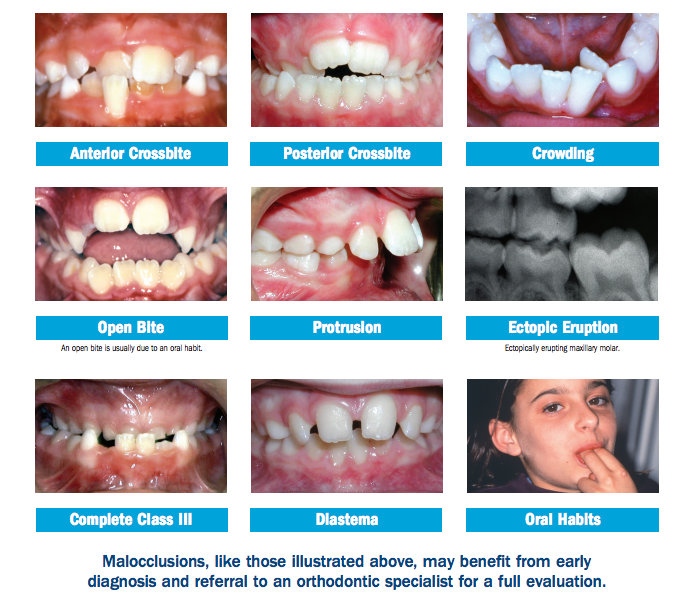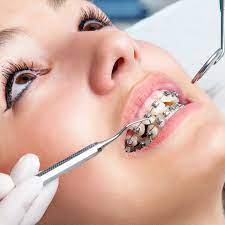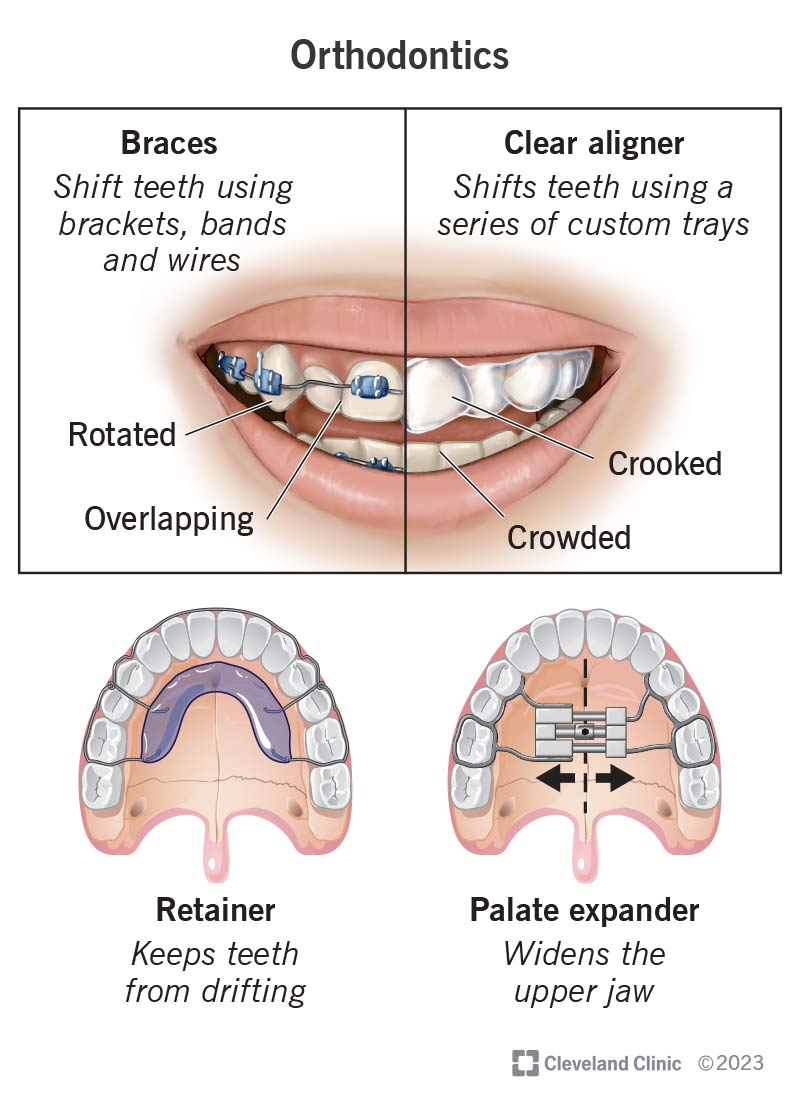Our Causey Orthodontics Ideas
See This Report on Causey Orthodontics
Table of ContentsFacts About Causey Orthodontics UncoveredNot known Factual Statements About Causey Orthodontics The Facts About Causey Orthodontics UncoveredExcitement About Causey OrthodonticsRumored Buzz on Causey Orthodontics
Disregarding occlusal partnerships, it was typical to eliminate teeth for a selection of dental issues, such as malalignment or overcrowding. The principle of an undamaged teeth was not commonly valued in those days, making bite relationships seem pointless. In the late 1800s, the principle of occlusion was vital for producing reliable prosthetic replacement teeth.As these principles of prosthetic occlusion proceeded, it became an important tool for dentistry. It was in 1890 that the job and influence of Dr. Edwards H. Angle began to be felt, with his contribution to modern-day orthodontics specifically significant. Focused on prosthodontics, he taught in Pennsylvania and Minnesota prior to guiding his interest in the direction of dental occlusion and the treatments needed to keep it as a normal problem, thus coming to be known as the "daddy of modern-day orthodontics".

The principle of optimal occlusion, as proposed by Angle and incorporated right into a category system, made it possible for a shift in the direction of treating malocclusion, which is any inconsistency from regular occlusion. Having a complete collection of teeth on both arches was extremely looked for after in orthodontic treatment because of the need for exact relationships between them.
Causey Orthodontics Things To Know Before You Get This
As occlusion became the key priority, facial proportions and appearances were overlooked - orthodontist near me. To achieve optimal occlusals without making use of exterior forces, Angle postulated that having excellent occlusion was the very best way to obtain optimal facial aesthetic appeals. With the passing of time, it came to be rather noticeable that even a phenomenal occlusion was not ideal when thought about from a visual perspective
It ended up being noticeable that orthodontic therapy can adjust mandibular growth, leading to the formation of practical jaw orthopedics in Europe and extraoral force steps in the United States. Nowadays, both practical devices and extraoral gadgets are used around the world with the aim of amending growth patterns and types. Seeking real, or at the very least improved, jaw connections had actually become the major objective of treatment by the mid-20th century.
Causey Orthodontics Fundamentals Explained
 Until the mid-1970s, braces were made by wrapping metal around each tooth. https://www.callupcontact.com/b/businessprofile/Causey_Orthodontics/9184270., it became feasible to rather bond steel brackets to the teeth.
Until the mid-1970s, braces were made by wrapping metal around each tooth. https://www.callupcontact.com/b/businessprofile/Causey_Orthodontics/9184270., it became feasible to rather bond steel brackets to the teeth.This has actually had purposeful effects on orthodontic therapies that are carried out routinely, and these are: 1. Proper interarchal connections 2. Proper crown angulation (idea) 3.
The advantage of the style depends on its brace and archwire mix, which requires only very little cord flexing from the orthodontist or medical professional (best orthodontist). It's aptly called after this feature: the angle of the port and density of the brace base ultimately figure out where each tooth is located with little requirement for additional control
6 Easy Facts About Causey Orthodontics Explained
Both of these systems used the same brackets for each tooth and demanded the flexing of an archwire in 3 aircrafts for situating teeth in their wanted settings, with these bends determining utmost placements. When it pertains to orthodontic appliances, they are separated right into two types: detachable and fixed. Detachable devices can be handled and off by the patient as required.

Thus, nearly all contemporary set devices can be taken into consideration variants on this edgewise home appliance system. Early 20th-century orthodontist Edward Angle made a significant contribution to the world of dental care. He created 4 distinctive device systems that have actually been utilized as the basis for numerous orthodontic treatments today, barring a few exemptions.
Get This Report on Causey Orthodontics

The cord ended in a string, and to move it ahead, a flexible nut was made use of, which permitted an increase in area. By ligation, each specific tooth was connected to this large archwire (Causey Orthodontics). Because of its limited array of motion, Angle was incapable to attain specific tooth placing with an E-arch
These tubes held a soldered pin, which could be repositioned at each visit in order to move them in position. Called the "bone-growing appliance", this gizmo was theorized to urge healthier bone development because of its possibility for transferring force directly to the roots. Implementing it proved frustrating in reality.